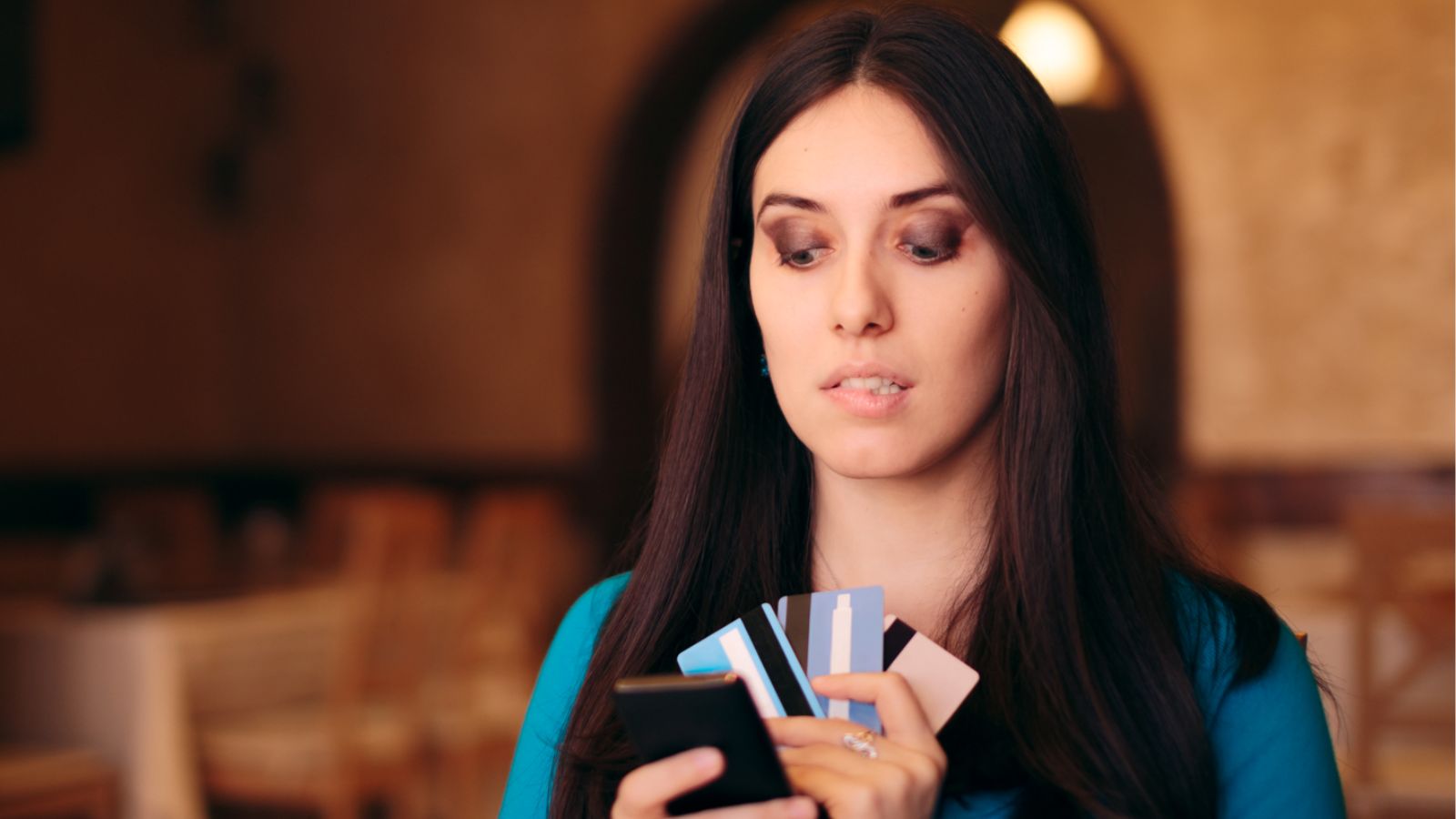Have you ever found yourself spending more than you intended? This could be the result of clever marketing tactics designed to influence your purchasing decisions. To help you avoid exactly that, this article uncovers some of the strategies used to subtly encourage you to part with more money than you originally planned.
Flash Sale

Figures from PR Newswire show that “the average person is only spending £115 impulsively per month.” Some of this impulse buying is due to the lure of a “flash sale.” Because the word “flash” indicates that the sale will be over quickly, consumers panic and spend money right away.
Back-In-Stock Alerts

Going to purchase an item only to find out it’s out of stock is very frustrating. Vendors are also frustrated that they missed out on a sale. That’s why they encourage you to turn on back-in-stock alerts to ensure you’ll purchase the item as soon as it’s available.
Buy One, Get One Free

“The average family spends about £205 at the supermarket per week, but that number increases when children are taken into account,” says USA Today. A lot of overspending at supermarkets is due to attractive deals such as “buy one, get one free” that people feel they would be silly to ignore.
Spend More to Save More

Many websites have a “spend more to save more” marketing scheme. They try to get the user to spend over a certain amount so that they can receive a percentage or a certain amount of money off their total order. This is a clever way to get users to spend more than they had planned to.
Vouchers

Did you just receive a money-off voucher? Then you likely feel compelled to go out and get the item, even if it’s something that you don’t need. Vouchers make shoppers feel like they’re getting an exclusive deal that they would be silly to pass up.
Reduced to Clear

You can find very good deals in the reduced to clear section of a shop. These are items that were not selling well or that they have too much stock of that they just want to get rid of. Since they’re selling them so cheaply, we feel compelled to buy them.
Free Delivery Over…

Many companies will offer you free delivery on their items when you spend a certain amount. This marketing tactic makes you justify spending more than you would because you know you are getting something free, and this makes you feel good. This makes you spend more on things you don’t need.
Half-Price

There’s nothing better for a shopper than to find out that items in a shop are being sold at half price. The thought of getting 50% off stirs many into a panic and makes them think that they must take advantage of this deal right now.
Trending Now

Many online products are labeled with the words “trending now.” These words let shoppers know what other people are buying. Knowing that an item is popular makes shoppers feel inquisitive about it. If they don’t have it, they’re interested in buying it just to fit in.
Timer

Have you ever come across a sale page with a countdown timer? This timer lets you know how long the item will be available at a discounted price and makes the shopper feel like they must act now before the time runs out. This pushes them to purchase things before they’ve thought about it.
Last One

Have you ever put something in your online cart only to be informed that it’s the last one? This is a clever marketing tactic that encourages shoppers to finalize a purchase before someone else gets the chance to. Just knowing that you have the last item might make your heart race.
Discount Codes

Online discount codes are the vouchers of e-commerce. These discount codes make shoppers feel like they have a great opportunity to save money on items that they may not have even thought about purchasing. These discount codes are just another tactic that marketers use to get more money.
Red

“The color red stimulates excitement and energy,” says VeryWell Mind. This is why vendors use the color red on their products and also on the labels of their prices. You’ll often find sale items marked with red lettering or their prices in the color red, which subconsciously encourages you to buy them.
First Order Discounts

Online vendors will often coax shoppers to their websites by offering money off of your first transaction. They do this just to get you through the door and try to entice you to buy something. You might feel compelled to buy something only to make the most of the offer.
Low-Price Checkout Items

The last opportunity that vendors have to sell you something is when you’re at the checkout. This is why checkout lines are always loaded with low-priced goods that tempt you to buy them while you’re standing in line waiting. Because they’re cheap, you don’t think twice before adding a couple to your basket.
Save Now

According to Forbes, “By 2026, the e-commerce market is expected to total over £6.13 trillion.” This is partially fuelled by clever marketing tricks, such as by using the words “Save now.” These words make you feel like if you don’t buy this item right now, you’ll end up paying too much for it later.
Money Off Automatic Reorder

Many people are enticed to put certain items on automatic reorder. They do this because retailers say that they’ll get a percentage off of automatic reorders. But this is just a crafty tactic to ensure that people keep spending money, whether they need more of an item or not.

